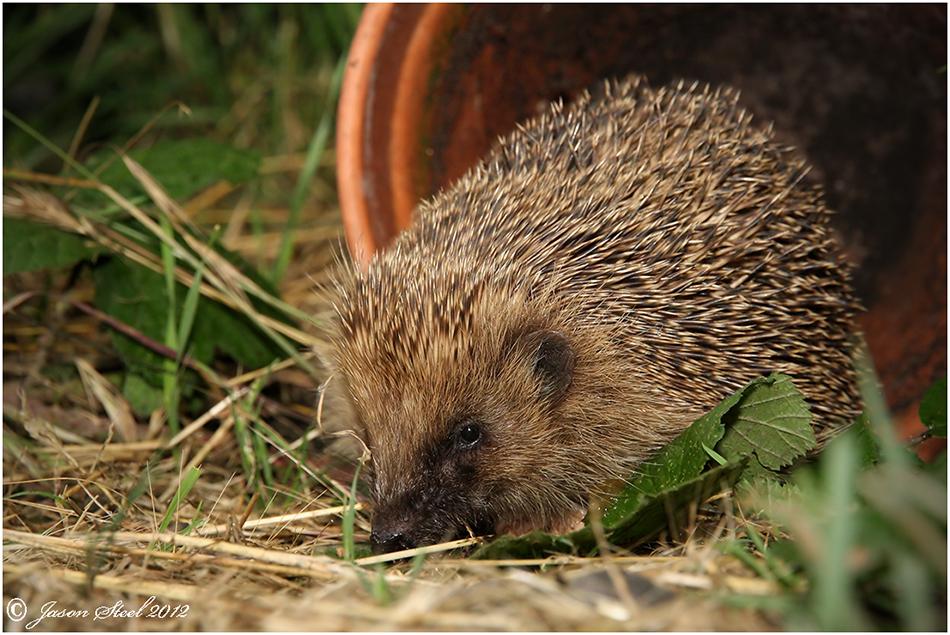
The Hedgehog
Hedgehogs are solitary and nocturnal animals. They are Britain's only spiny mammal with poor sight but great hearing and an excellent sense of smell.
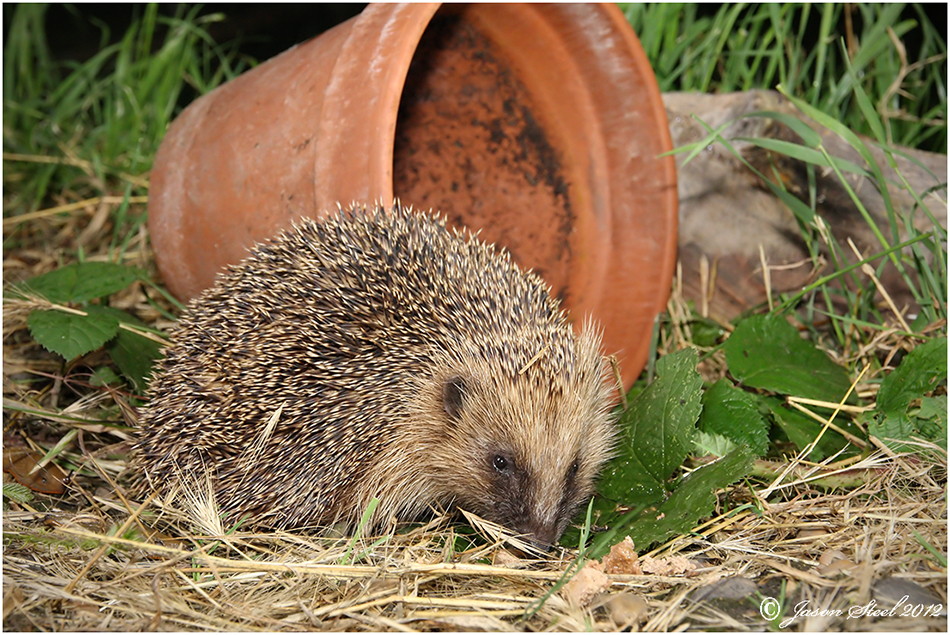
Once a common sight in many gardens across the UK but now the Hedgehog is rapidly declining in numbers. They are a welcome visitor to gardens and can devour great numbers of slugs in a single night.
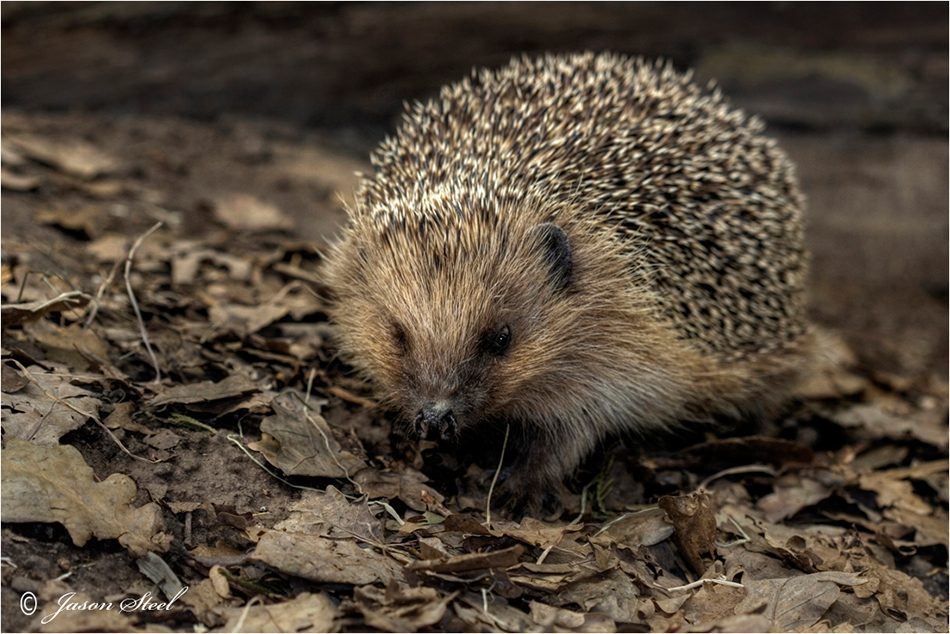
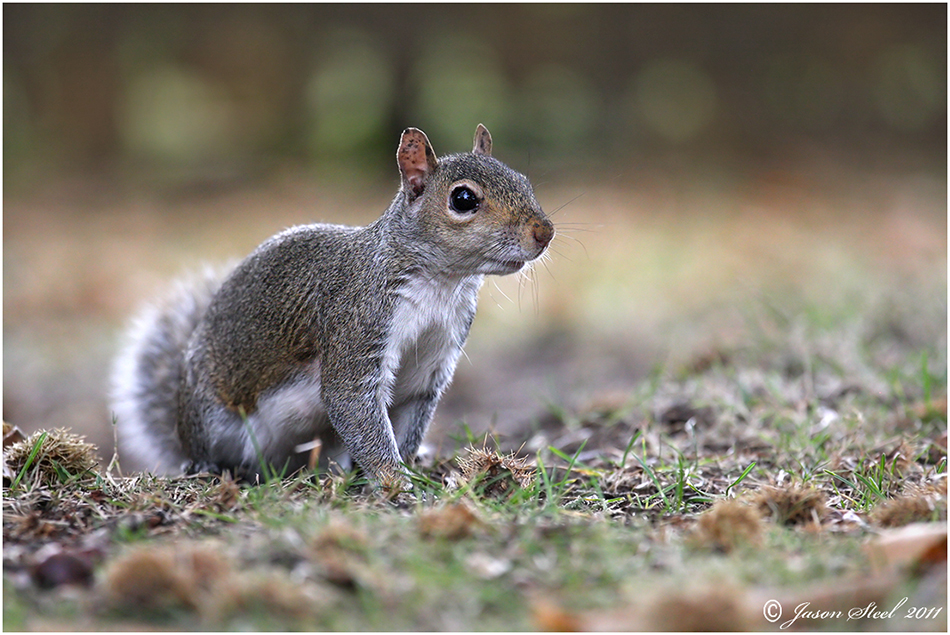
The Grey Squirrel
Grey Squirrels were deliberately introduced from North America into Great Britain during the Victorian reign of the 19th Century and have thrived ever since. They have become so widespread and dominant that they are now Britain's most frequently seen mammal. Unfortunately their success has come at the expense of other British wildlife which has suffered. The once widespread native Red Squirrel has vanished across most of England and the main reason behind this is the larger more dominant Grey Squirrel. Grey Squirrels have also taken over prime nesting sites of some of our native woodland birds and they are direct competition for the nuts and seeds that these birds feed upon.
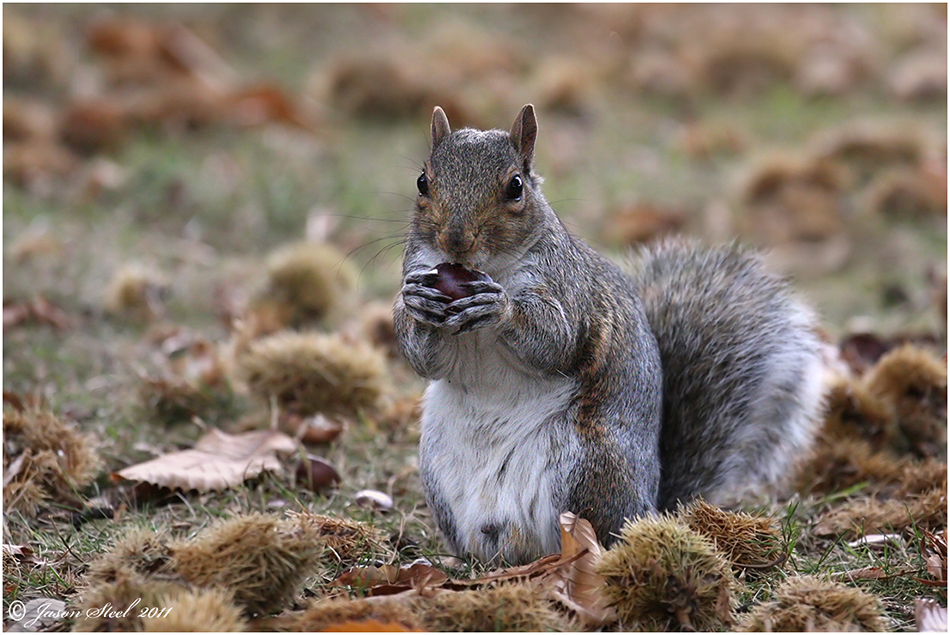
The diet of the Grey Squirrel is quite varied. They feed on nuts, berries, seeds, fungi and tree bark. If food is scarce they will also eat small birds and their eggs, small mammals, frogs and insects. The Grey Squirrel is as its name suggests primarily grey with a white chest and underside. They are often seen with a reddish tint to their fur and occasionally both melanistic (black) and albino (white) variations have been found. Autumn is a busy time for the squirrel is it rushes around gathering food not only to eat but also to bury and store for supplies during the winter.
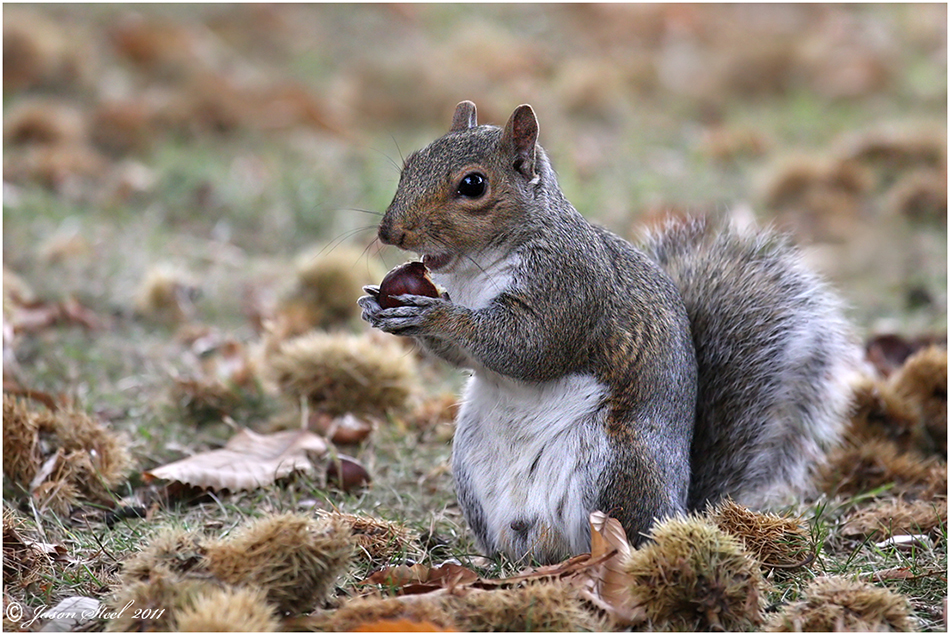
Grey Squirrels can produce up to two litters each year. These can be as large as seven young squirrels although 2-4 is more common. Because of the possible impact on other native wildlife Grey Squirrels are regularly culled in many places to reduce their numbers. This is often done in areas that still have Red Squirrel populations.
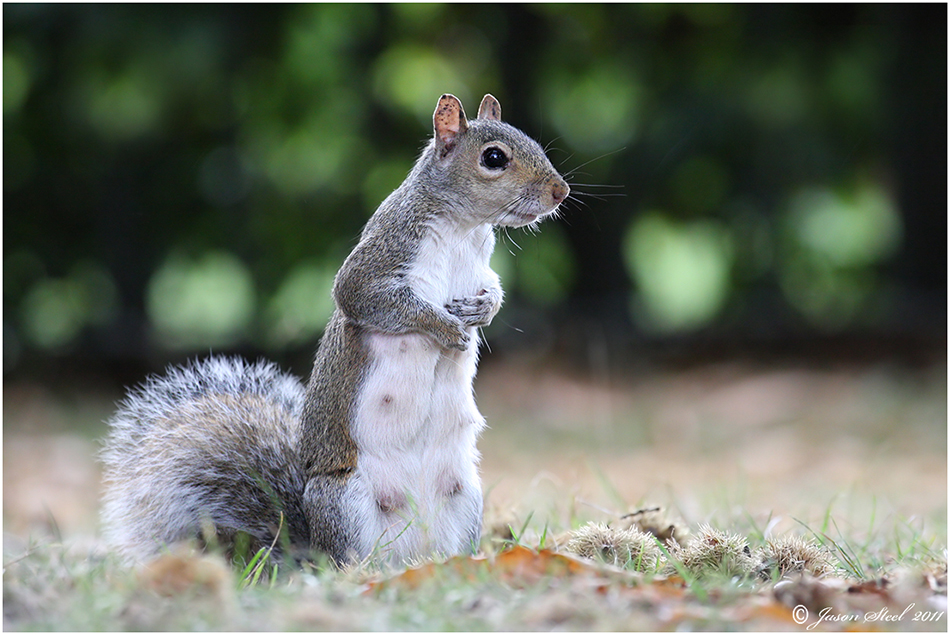
Grey Squirrels are diurnal and are most active at dusk and dawn. They can become very sociable animals around Humans and are often found in public parks and open spaces. Some are even brave enough to take food directly from your hand to get a free meal. The Grey Squirrel is both fast and agile and capable of spectacular leaps taking it from one tree to another. The young are often seen chasing each other in playful games whilst the adults can also be observed playing similar chasing games as the males pursue the females during the breeding season.
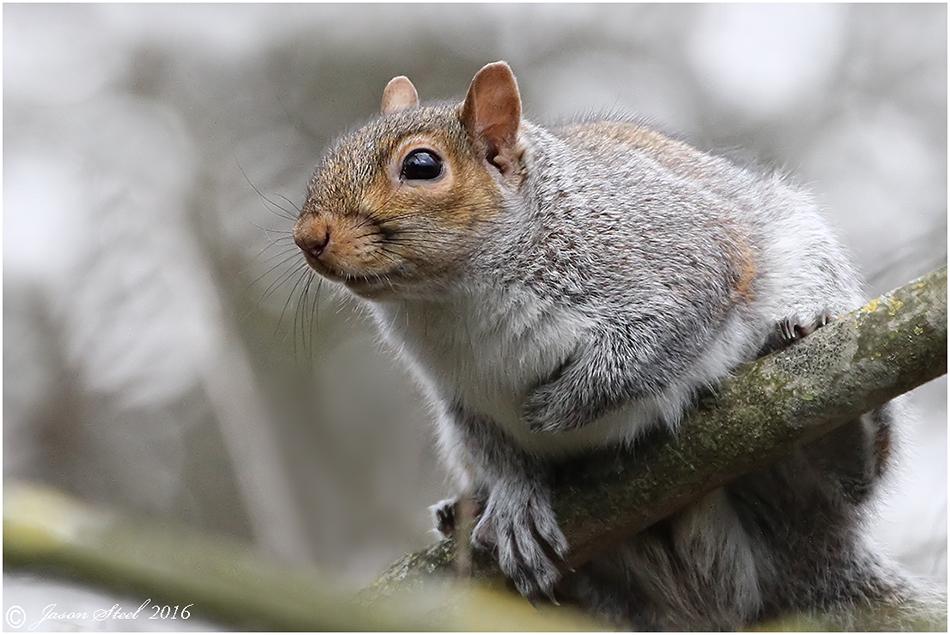
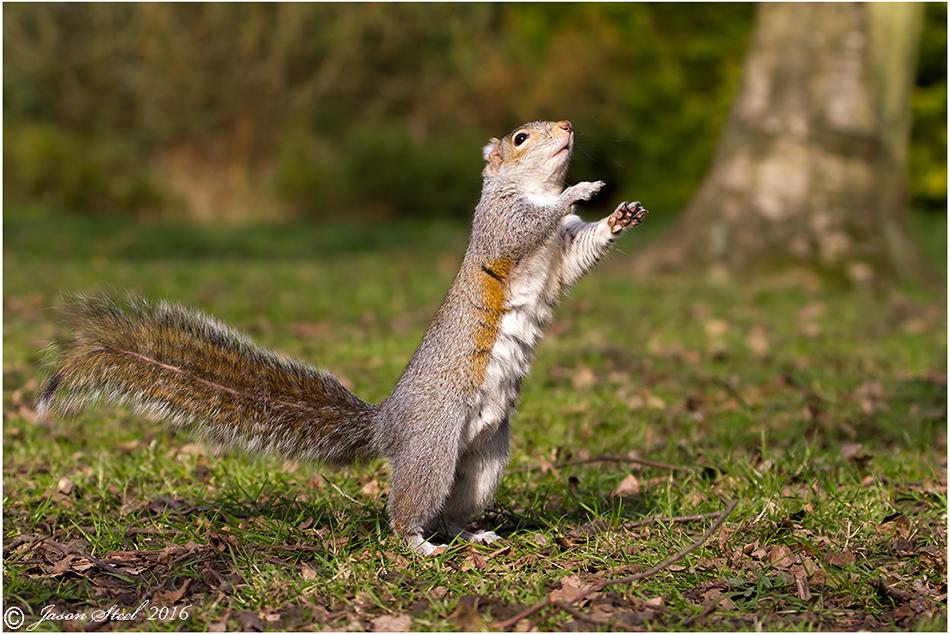
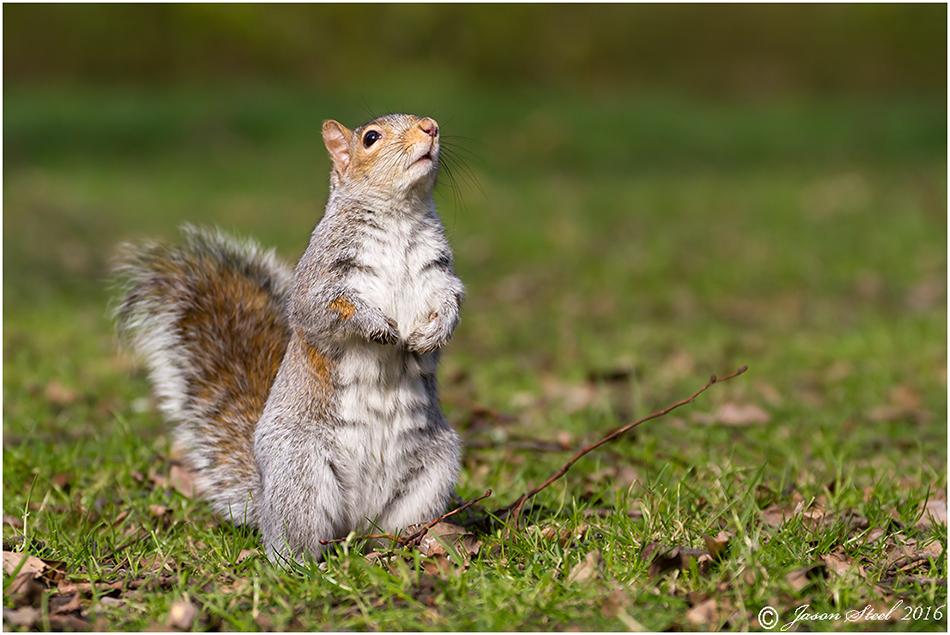
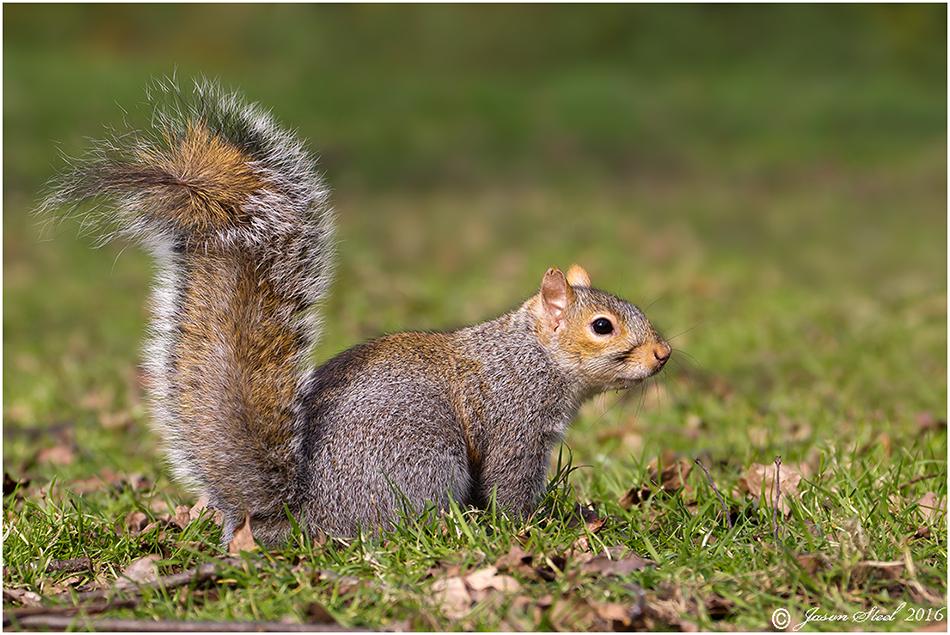
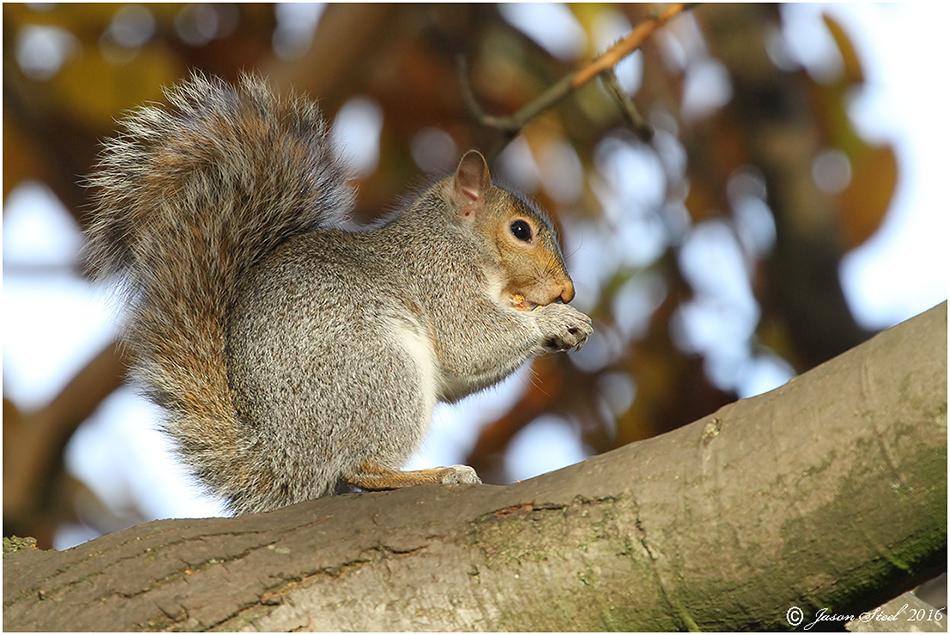
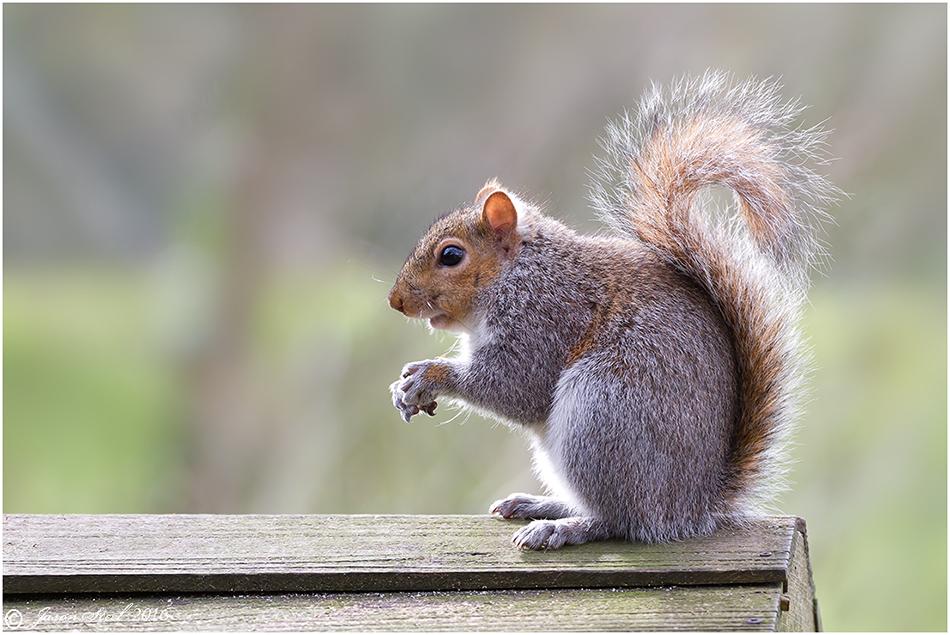
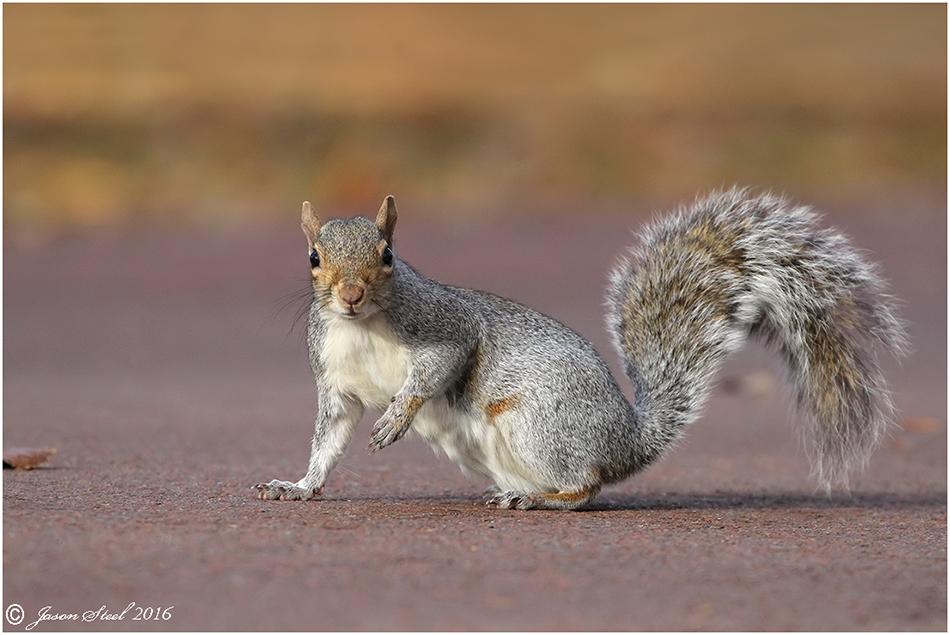
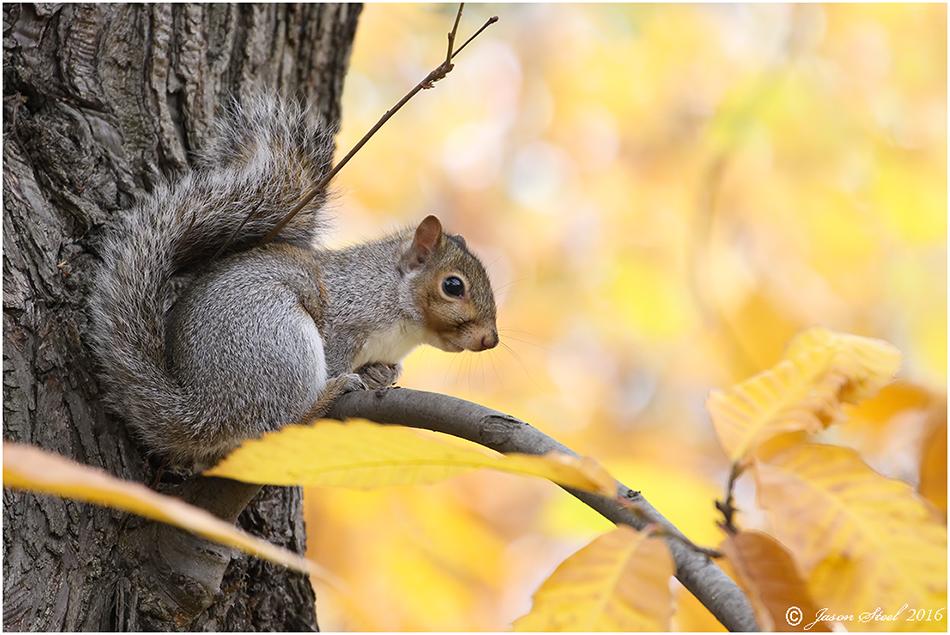
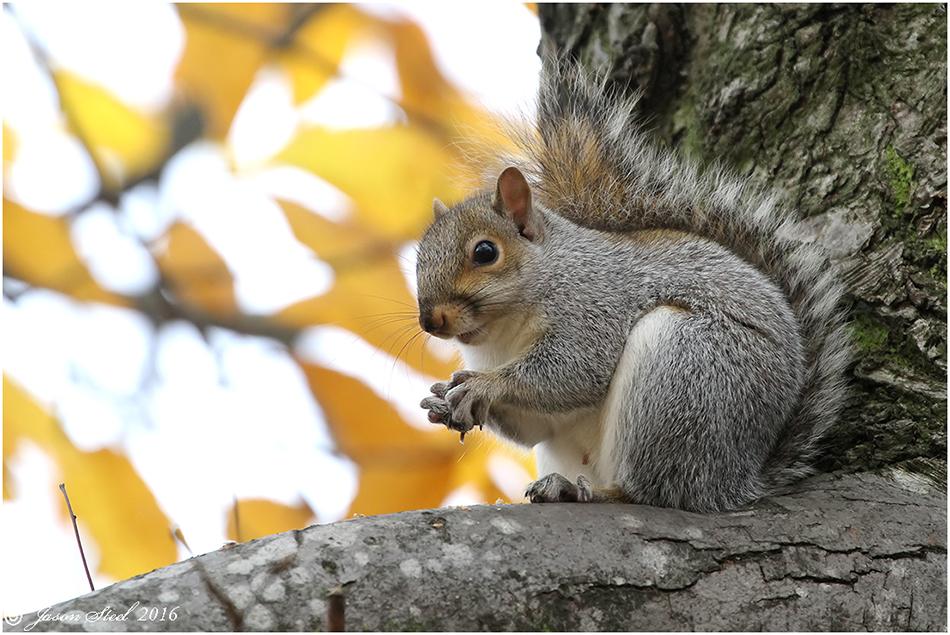
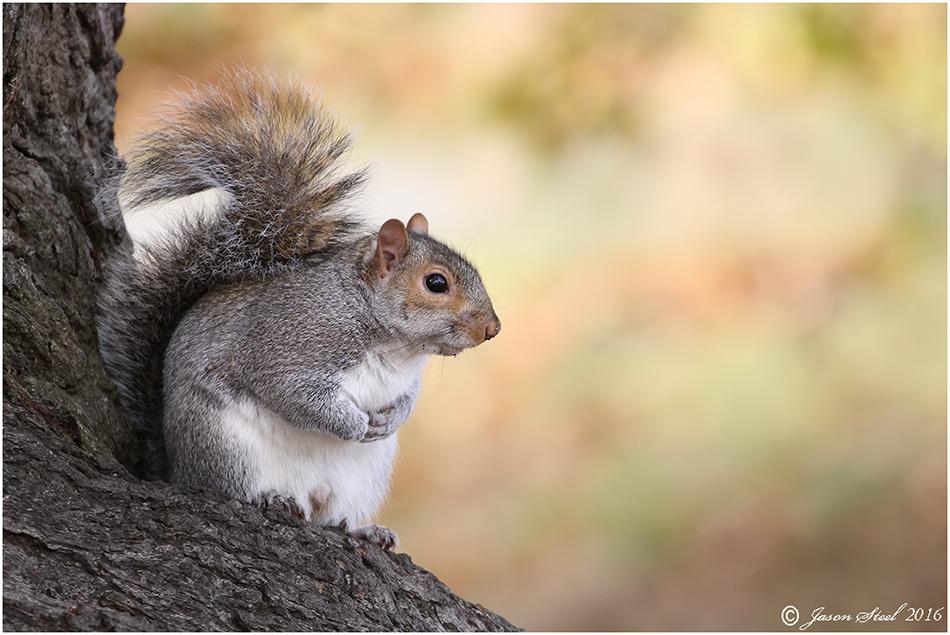
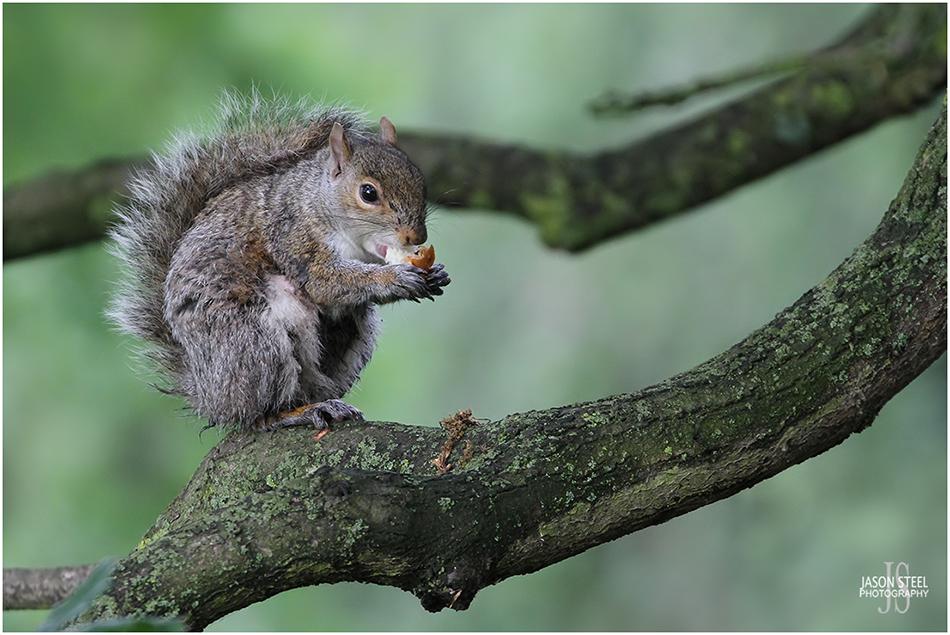
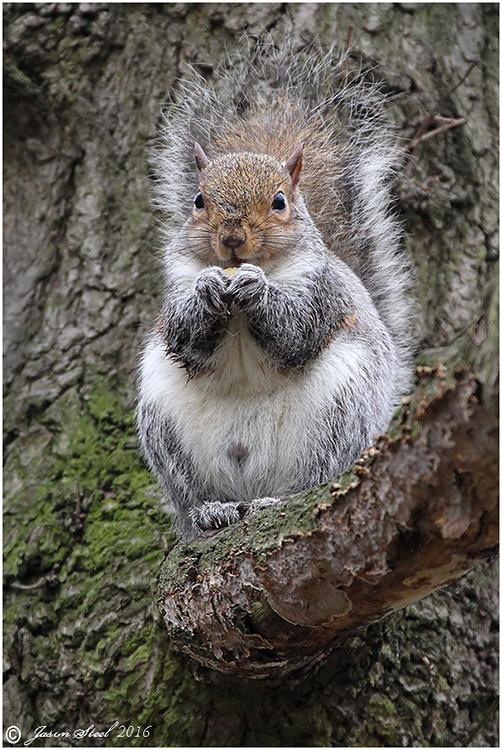
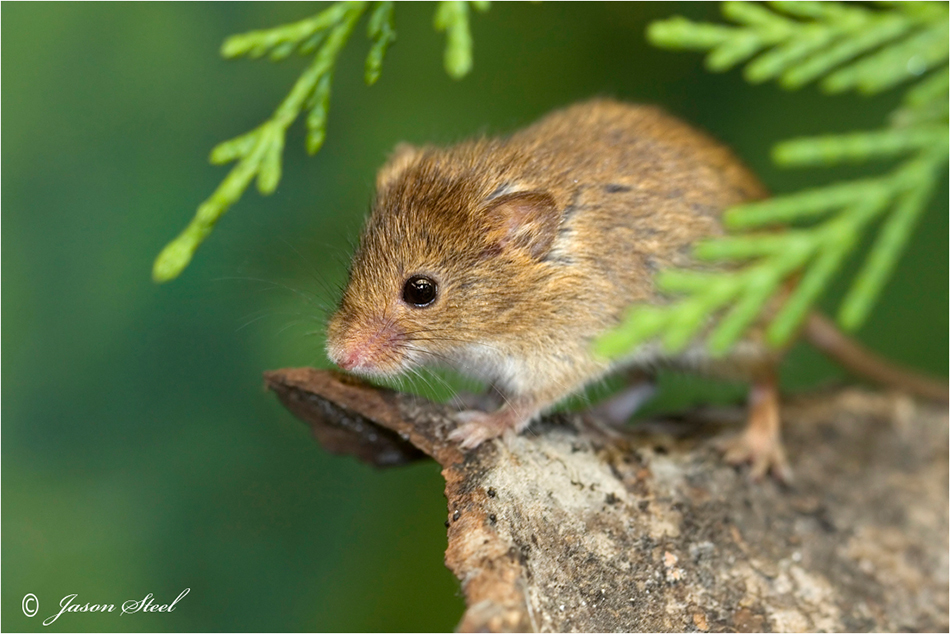
Harvest Mouse
This tiny mammal has a body length of just 5-7cm. They feed on seeds, insects, nectar and fruit. They build nests woven into long grass high above the ground.
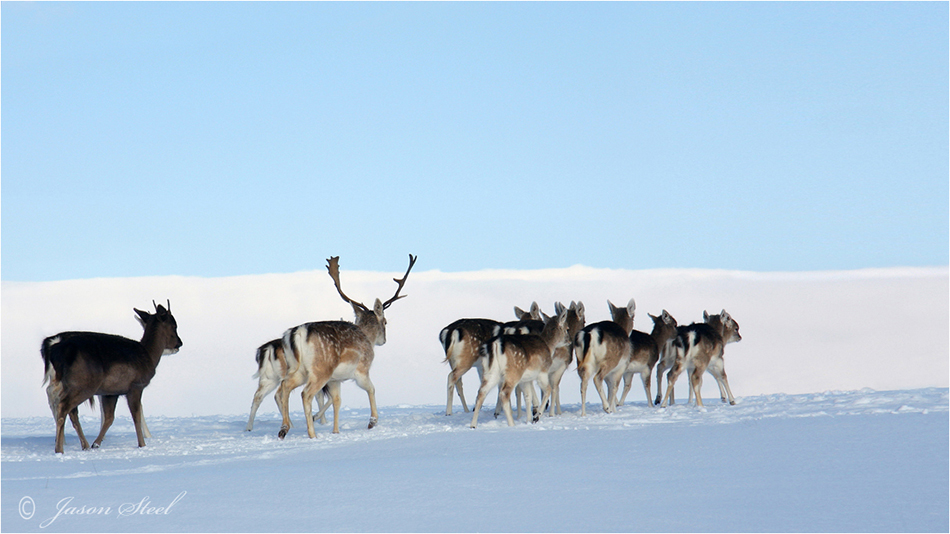
Fallow Deer (Dama dama)
The Fallow Deer is a medium-sized deer reintroduced to Britain by the Normans in the 11th century from Asia. They are capable of running at speeds in excess of 30mph. They can be found at many enclosed parks and woodlands across Britain, but there are also many colonies of free-roaming Fallow Deer across the UK too. Their preferred habitat is broadleaved woodland, where they graze primarily on grasses, but will feed on low tree branches and shrubs in the winter if necessary. The typical coat of the Fallow Deer is light orange with pale spots but this species is highly variable with dark brown, almost black specimens often occurring as well as very pale specimens that can be completely white as they age. These are not melanistic or albino morphs but are natural variations of the Fallow Deer's colour. Male Fallow Deer are known as bucks and not stags. Females are known as does, rather than hinds, and the young are fawns. Adult Red Deer and Sika Deer are known as male Stags and female hinds.
Fallow Deer can grow to around 179cm in height, with a shoulder height of up to 120cm. Males can weigh up to 63kg, whilst the smaller females can reach around 44kg. The maximum lifespan in captivity is 21 years, but wild Fallow Deer usually live for 8-10 years for males and 12-16 years for females. Fallow Deer can often be found in herds of up to 10-50 deer.
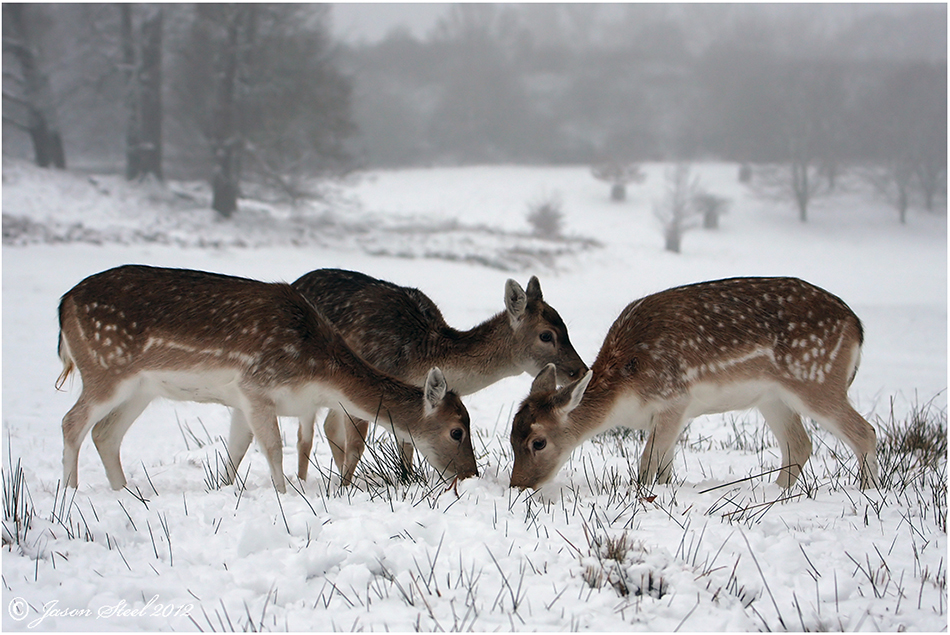
Fallow Deer does grazing on grass through the snow.
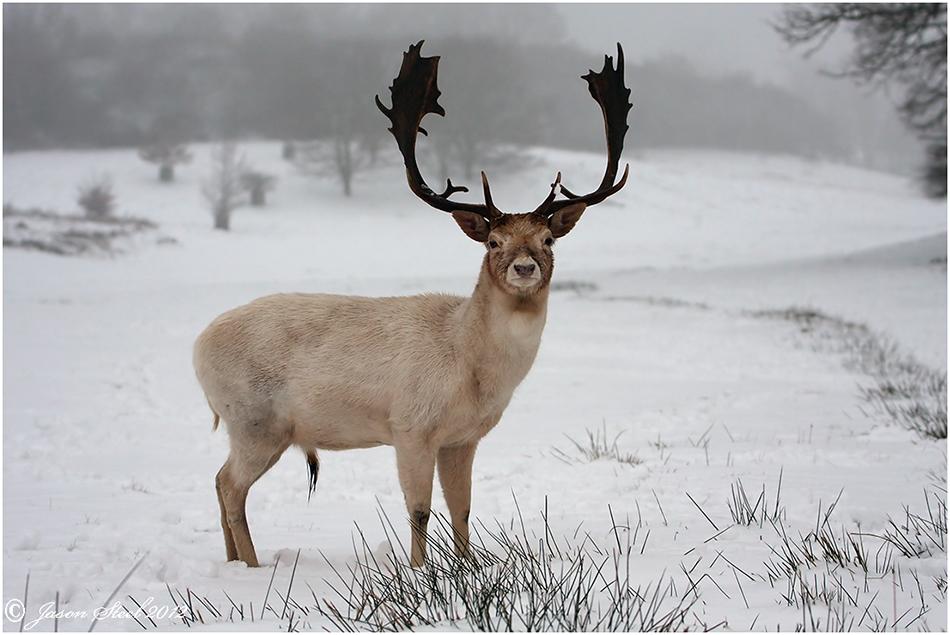
A white Fallow Deer buck.
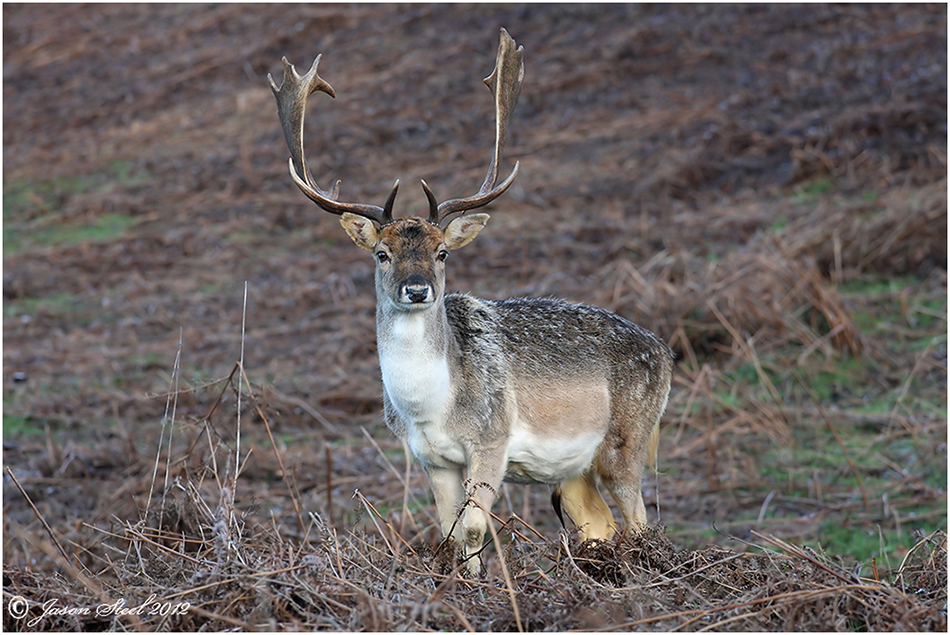
Fallow Deer buck.
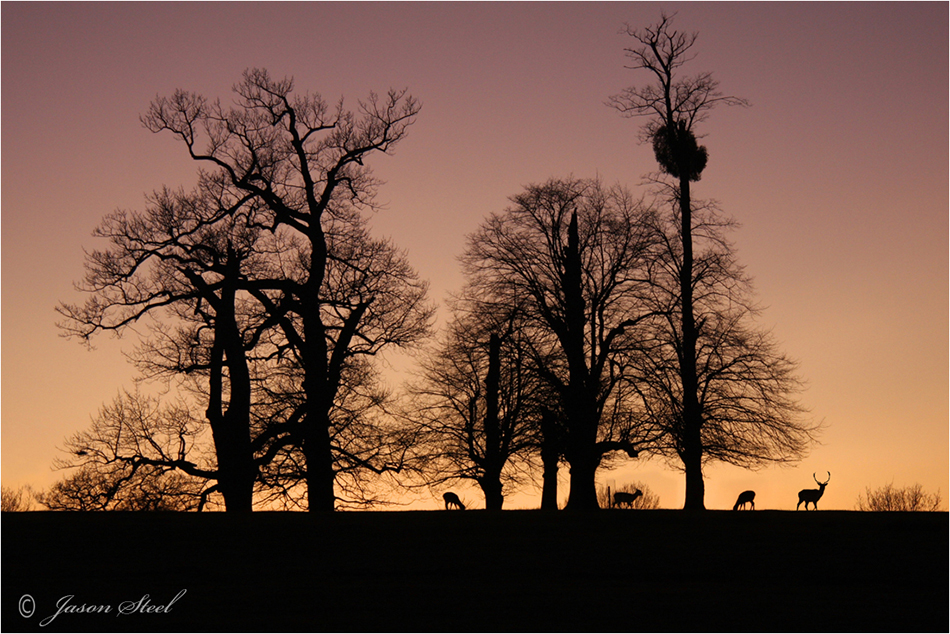
Against a beautiful sunset the Fallow Deer buck keeps a watchful eye as the female does graze on the hill top.
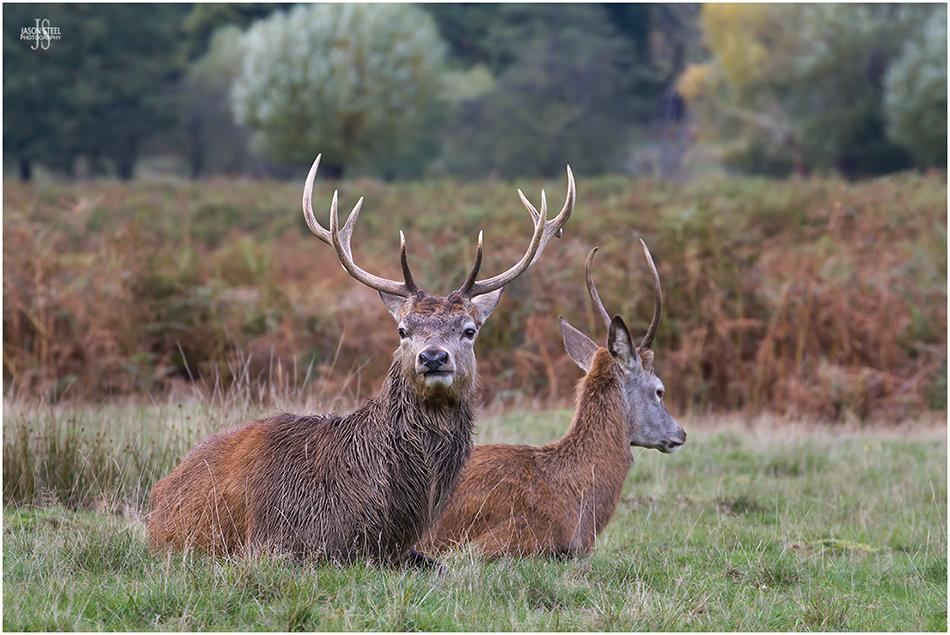
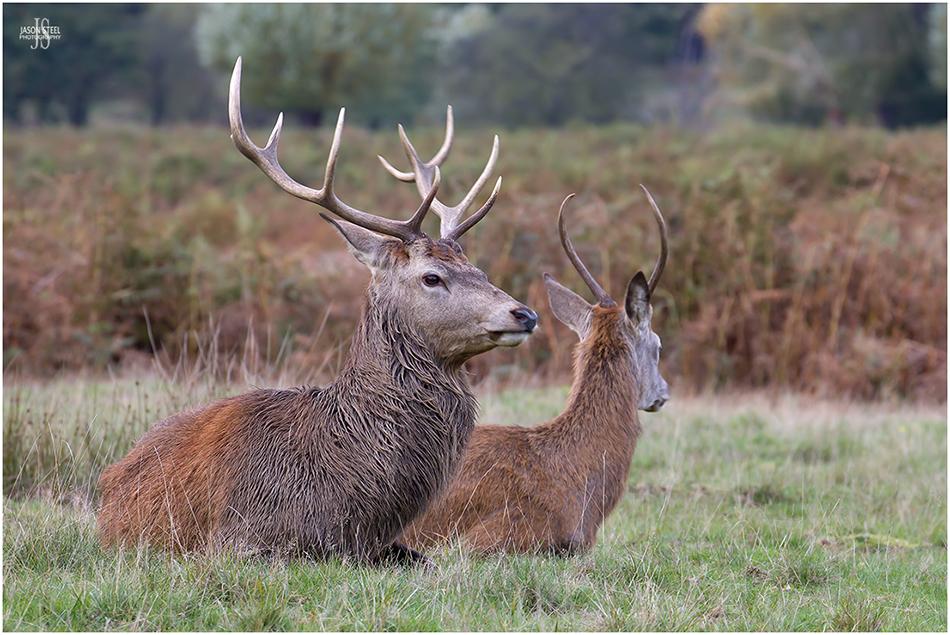
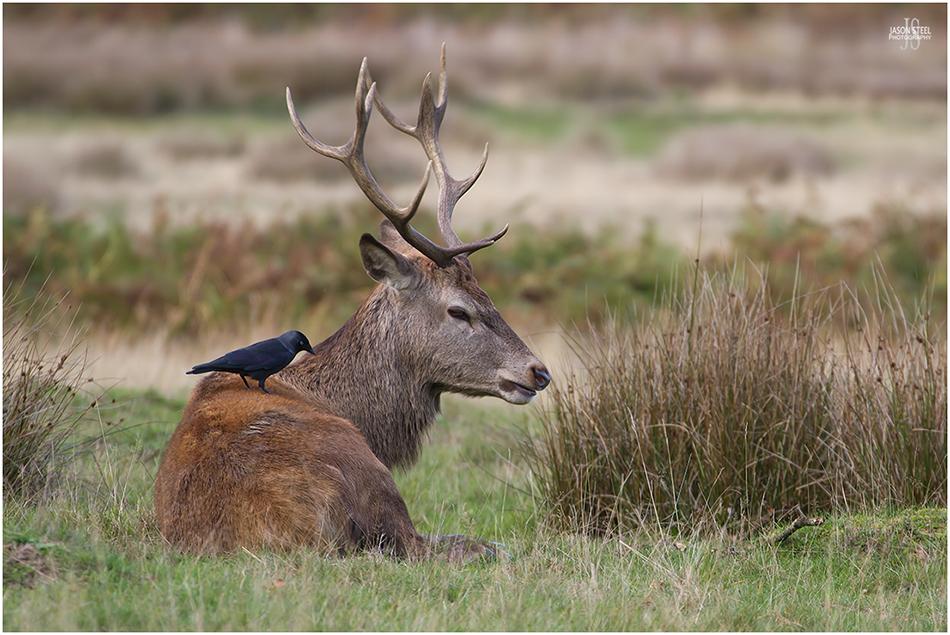
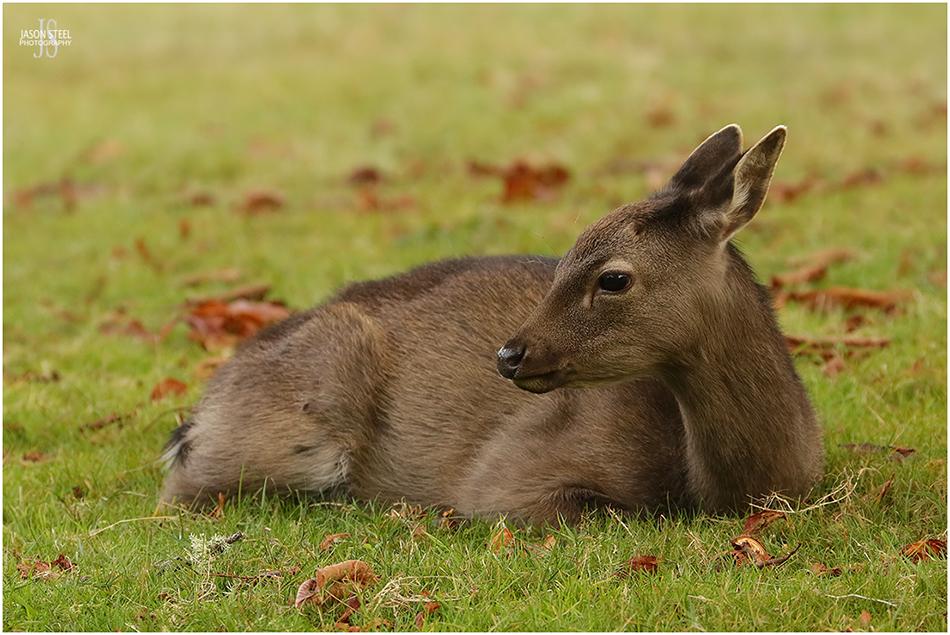
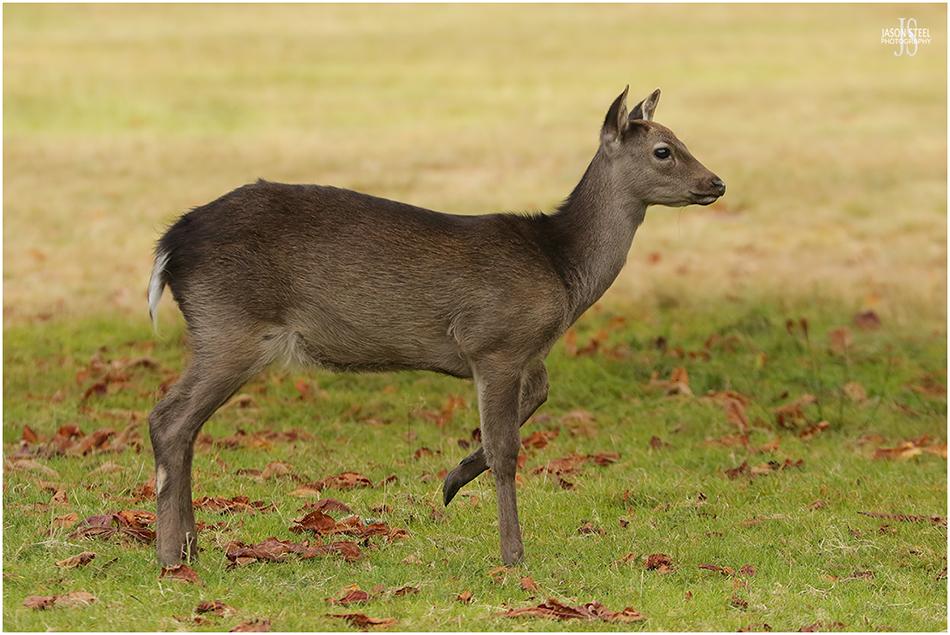
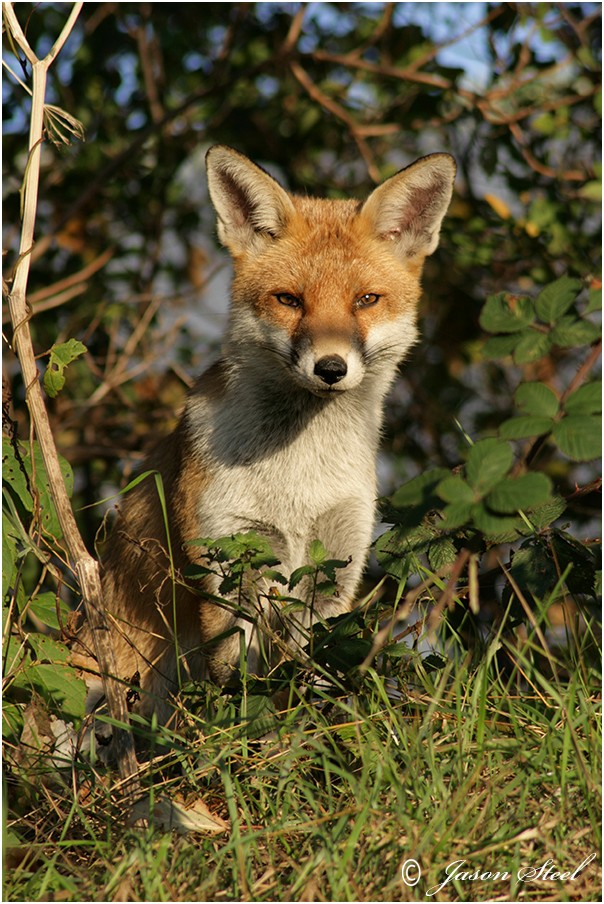
Red Fox basking on a railway embankment, Dartford, Kent, 5th October 2007.
The Red Fox
The Red Fox is the most widespread canine in the world and can be found right across the northern hemisphere. Feeding on almost anything including small rodents, fruit, carrion and even the contents of dustbins. This fox was photographed sunning itself on a railway bank using the Canon 400D camera and Tamron 70-300mm lens in 2007. This image is the oldest photograph to still feature on my website.
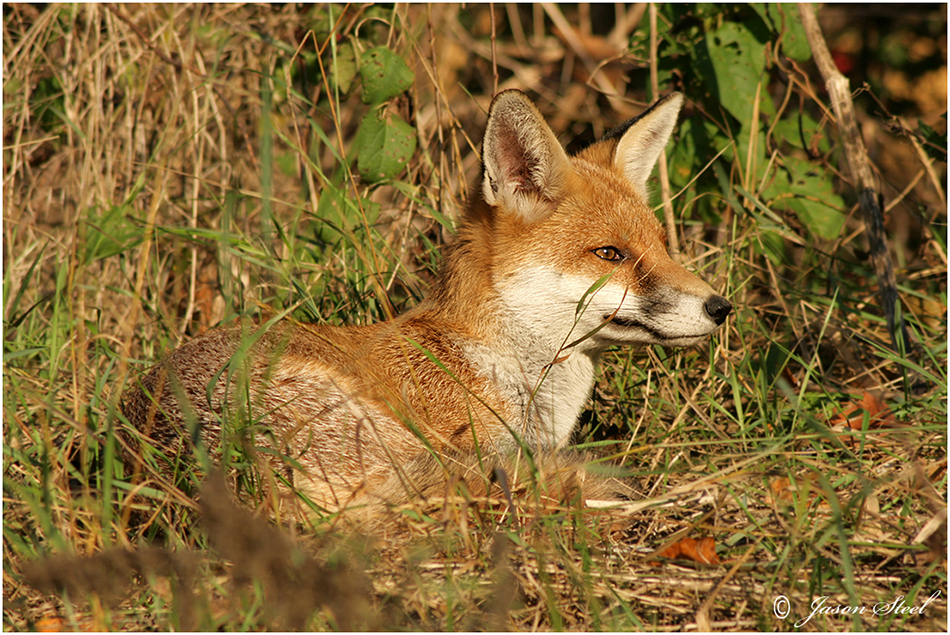
Because of the Red Fox's ability to adapt to changing surroundings it has thrived in many of the countries that it can be found in worldwide. In-fact the Red Fox is considered to be one of the most invasive creatures in the world and many countries regard it as a pest.
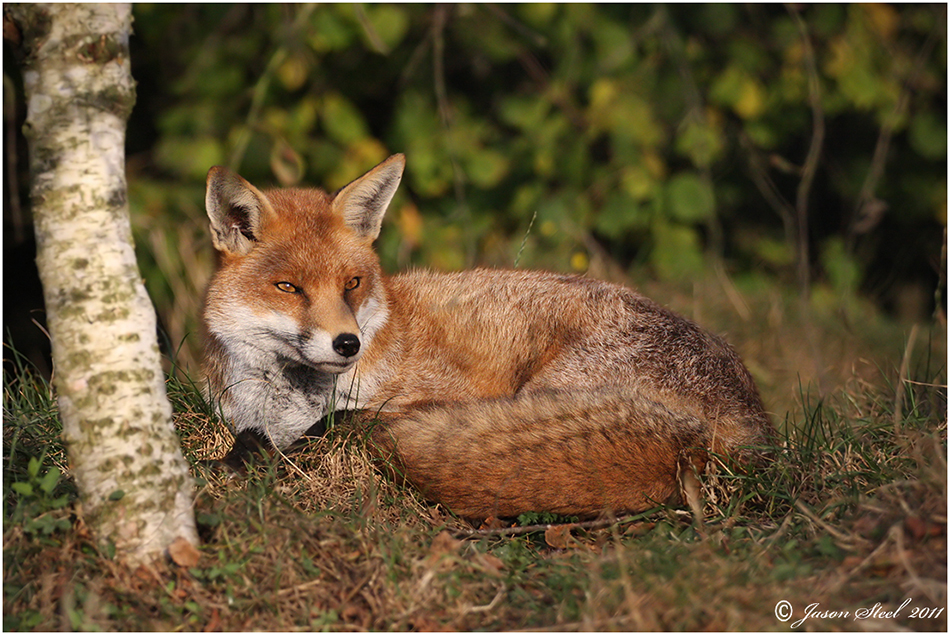
Red Foxes vary considerably in appearance and size depending on where they are found in the world. Until recently the largest known example found in the UK was 4ft in length and was trapped and killed in Maidstone Kent in 2011 after it killed a domestic cat. On 5th March 2012 the BBC reported an Aberdeenshire farmer protecting his lambs by shooting a fox that was 4ft 9 inches in length from the nose to the tip of its tail. This incredible beast weighed 17.2kg as opposed to 6.8kg which is the average weight of a UK fox.
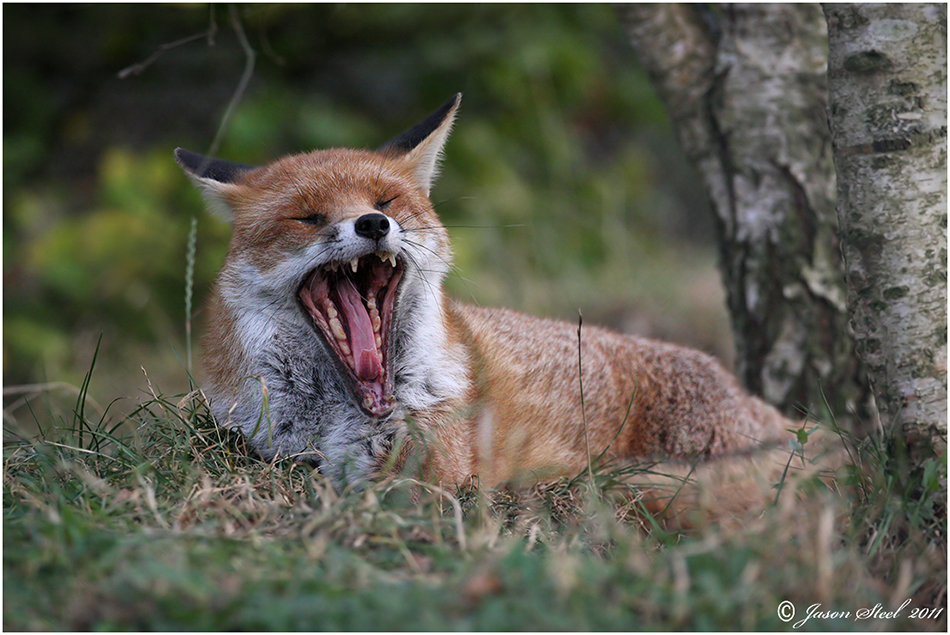
Foxes are sociable animals and are usually found living in groups. These groups often consist of an adult breeding pair and varying generations of their off-spring. Other adults within the group will also help to care for the young cubs.
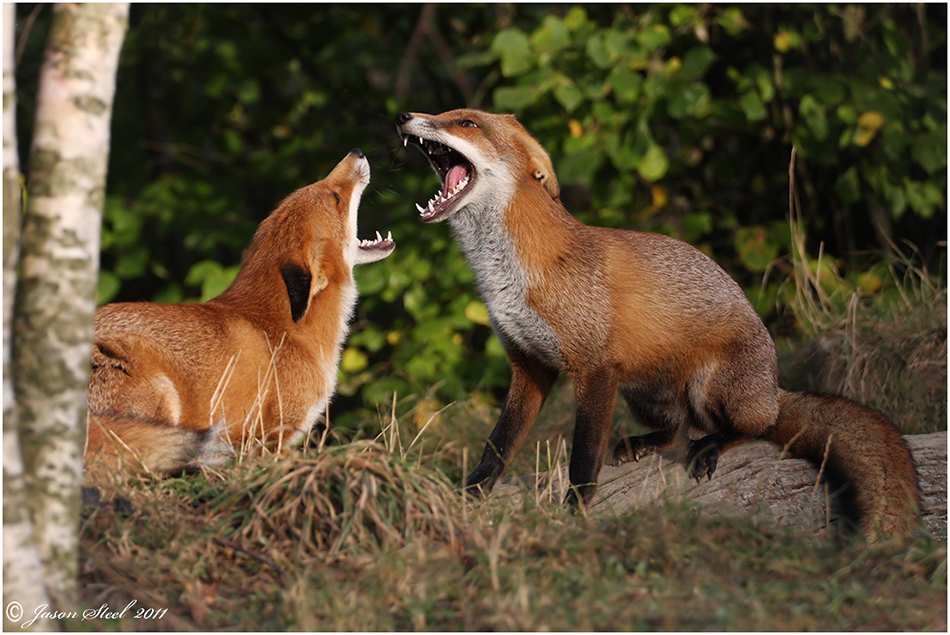
The average litter size for the Red Fox is 4-6 cubs but litters of double this number is possible. The cubs are born blind, deaf and without teeth and are totally dependant on their mother. Their eyes usually open after about two weeks and at this stage their hearing starts to work and their teeth rapidly start to develop.
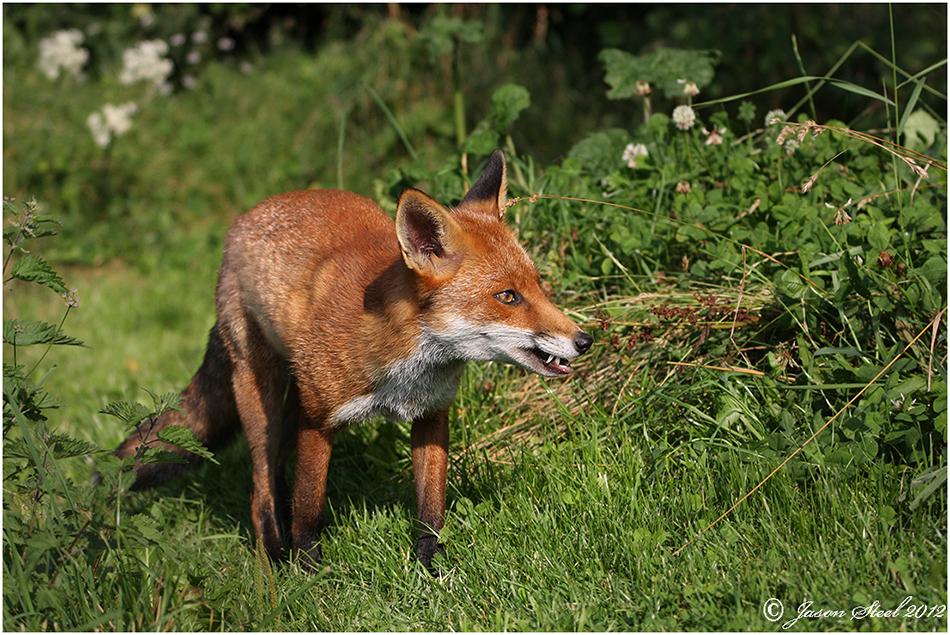
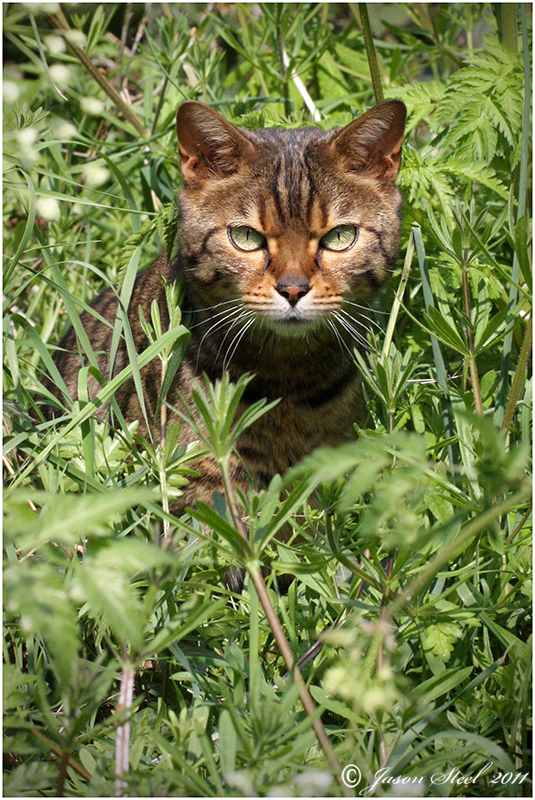
The Domestic Cat
The Domestic Cat (or House Cat) has been kept as a pet by humans for many thousands of years and is valued by its owners for its loving companionship and its ability to hunt vermin. The Domestic Cat has an acute sense of smell, highly developed eyesight capable of seeing in almost total darkness, sharp teeth and lightning-fast reflexes. This makes it an ideal hunter of small prey and is an enemy to small rodents, birds and reptiles in the UK.
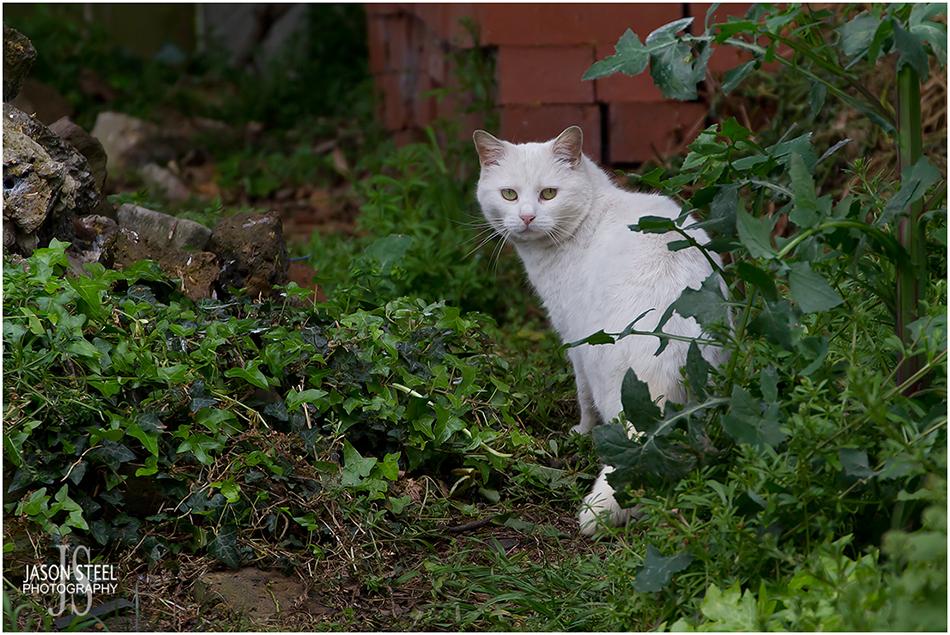
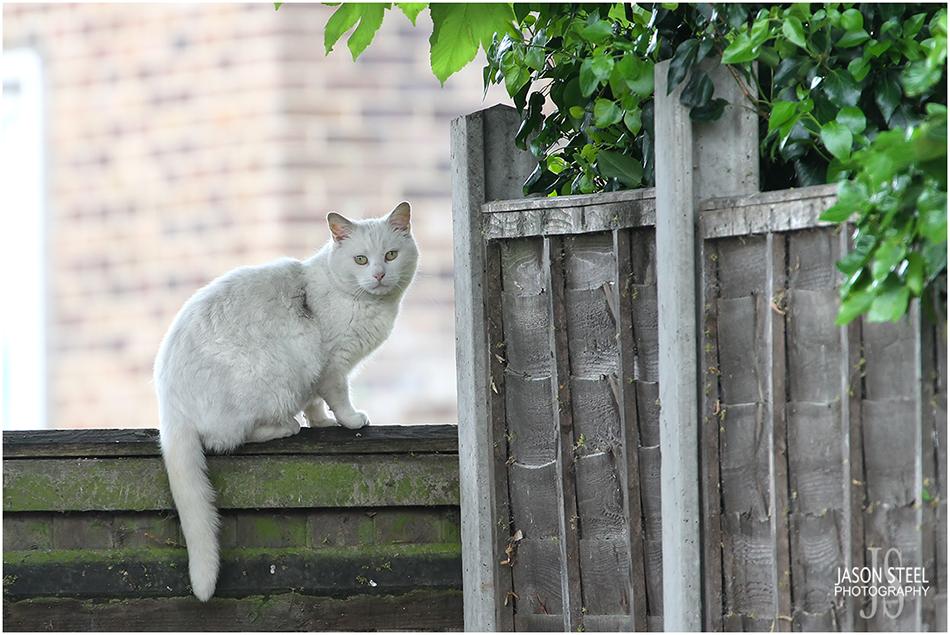
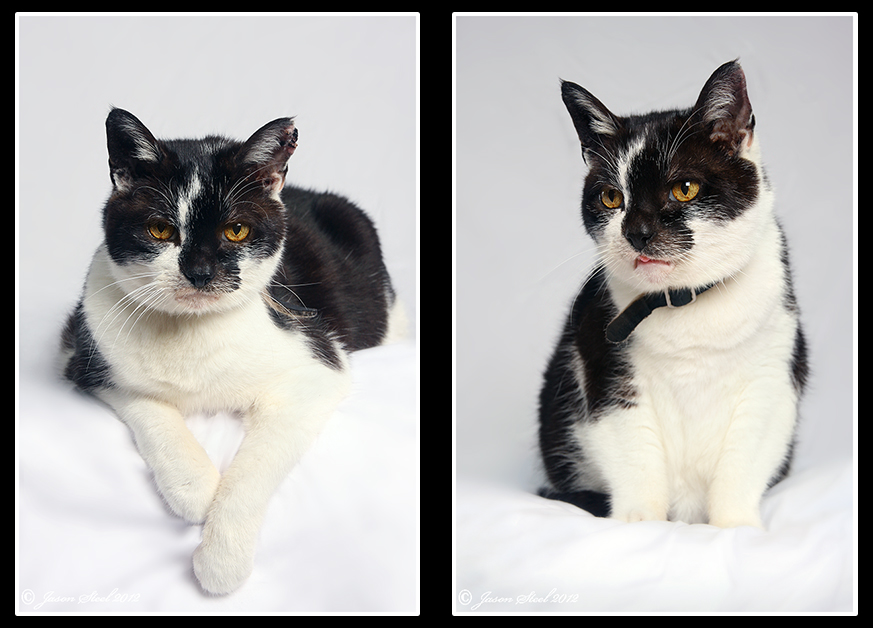
RIP 'Charlie B.' Our loving and loyal friend. 1st May 1997 - 23rd January 2016
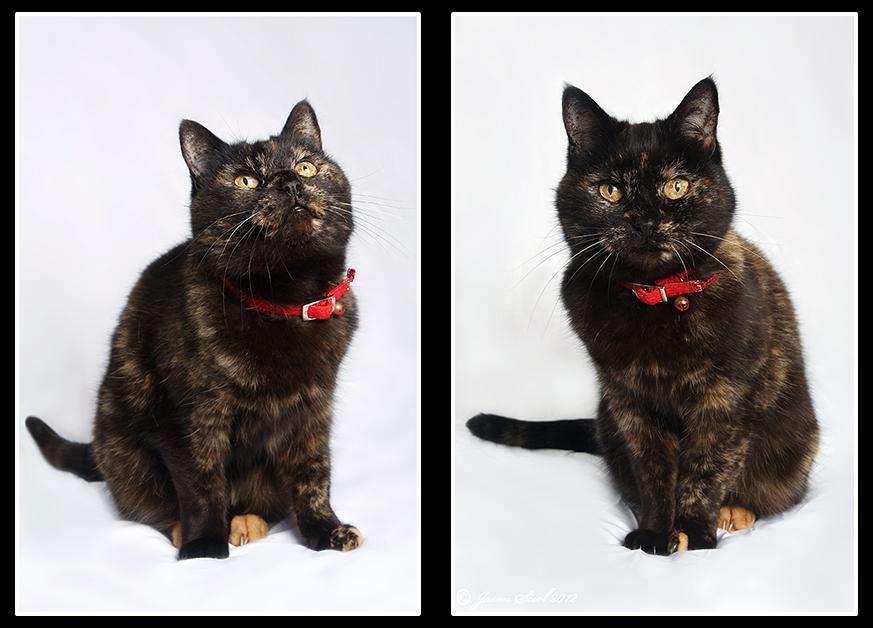
RIP 'Mookie.' Our cute little friend with attitude! 1st May 1997 - 6th May 2016
My two lovely cats lived to around 19 years old, equivalent to 93 human years of age.
Work out the age of your cat using this link: Cat Age Calculator
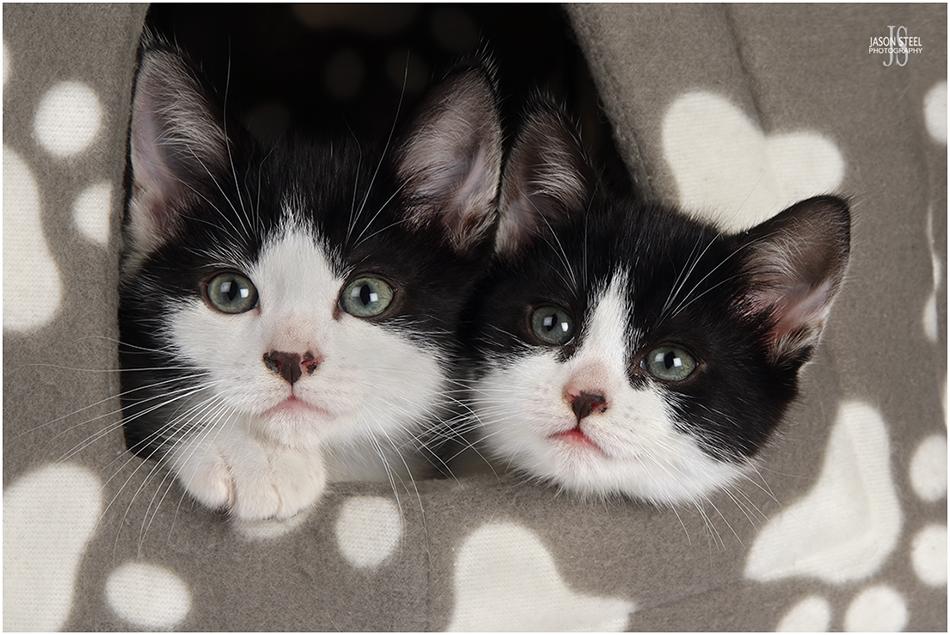
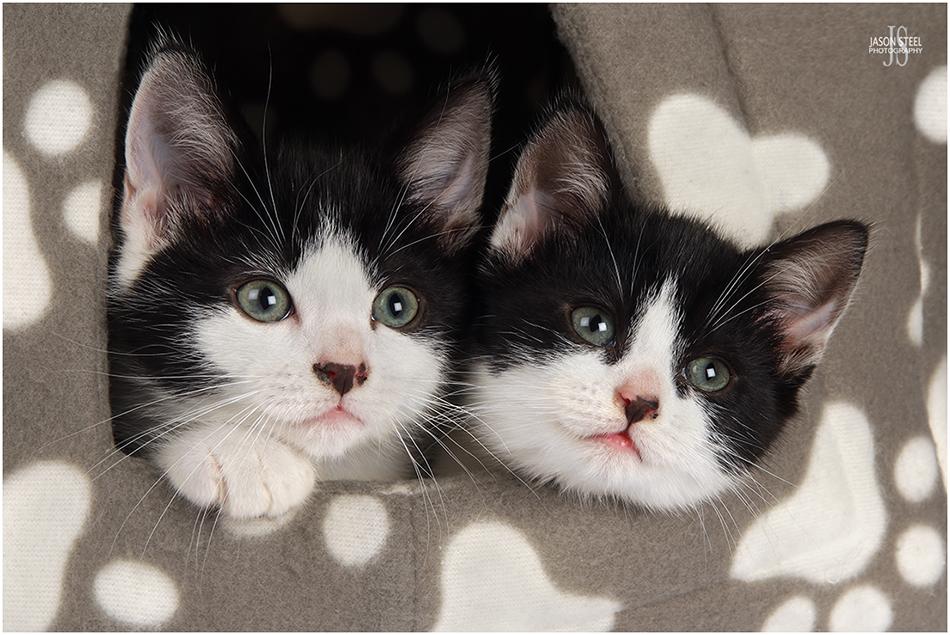
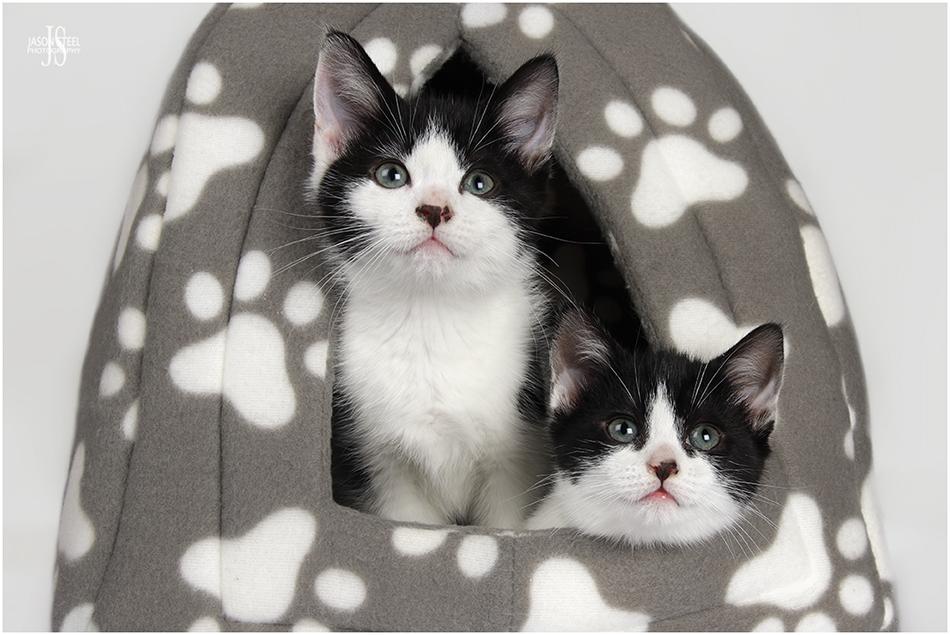
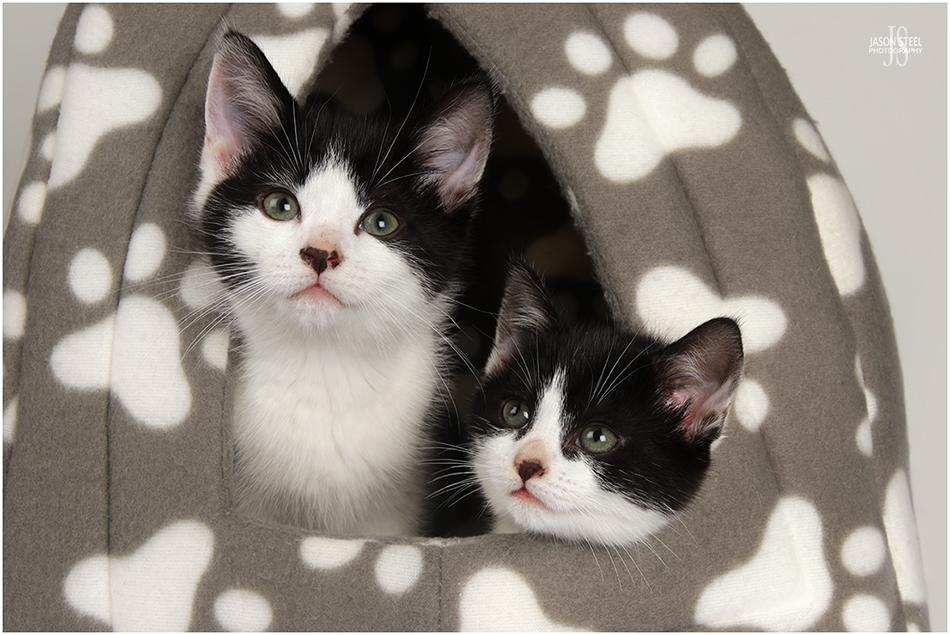
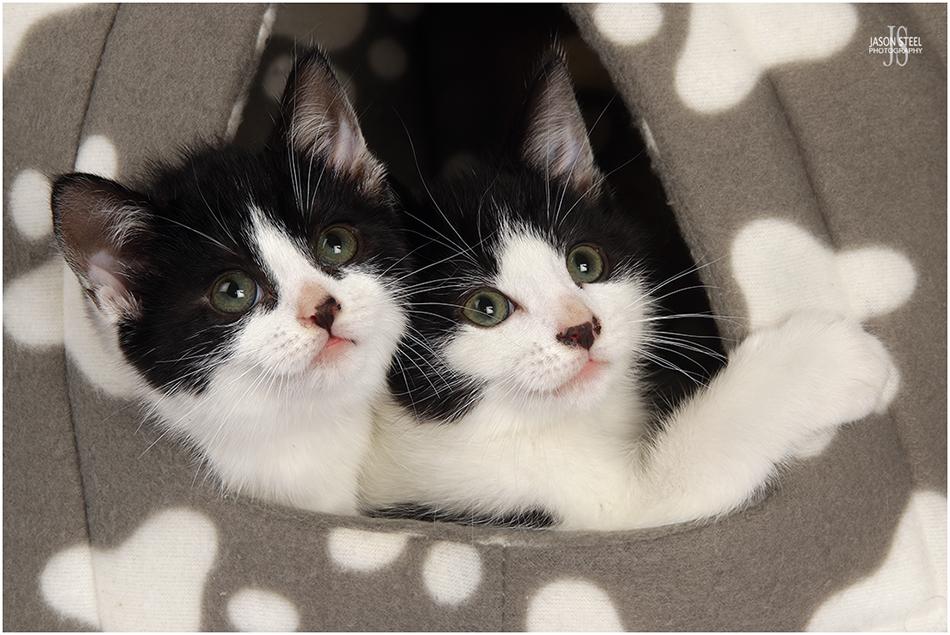
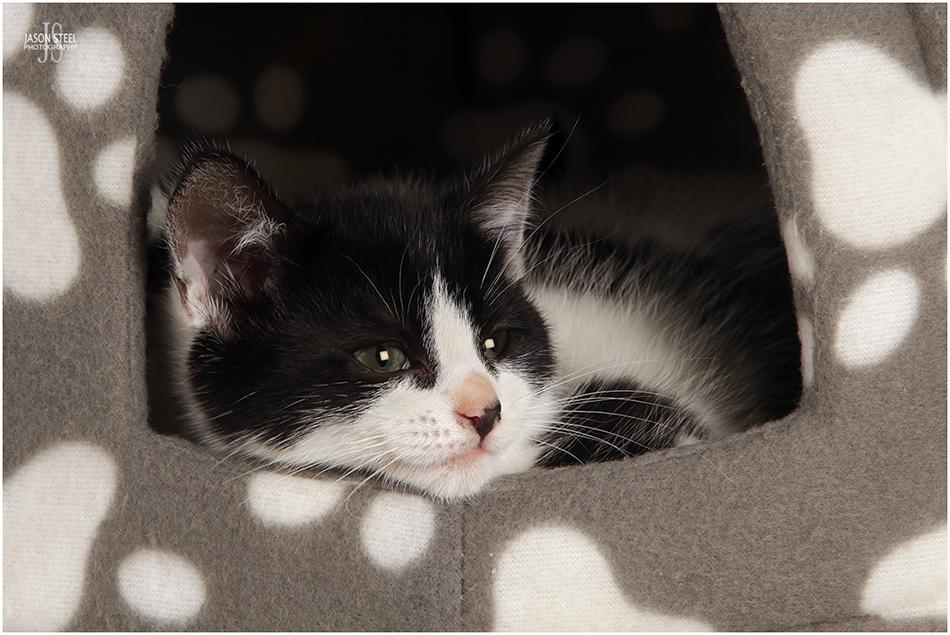
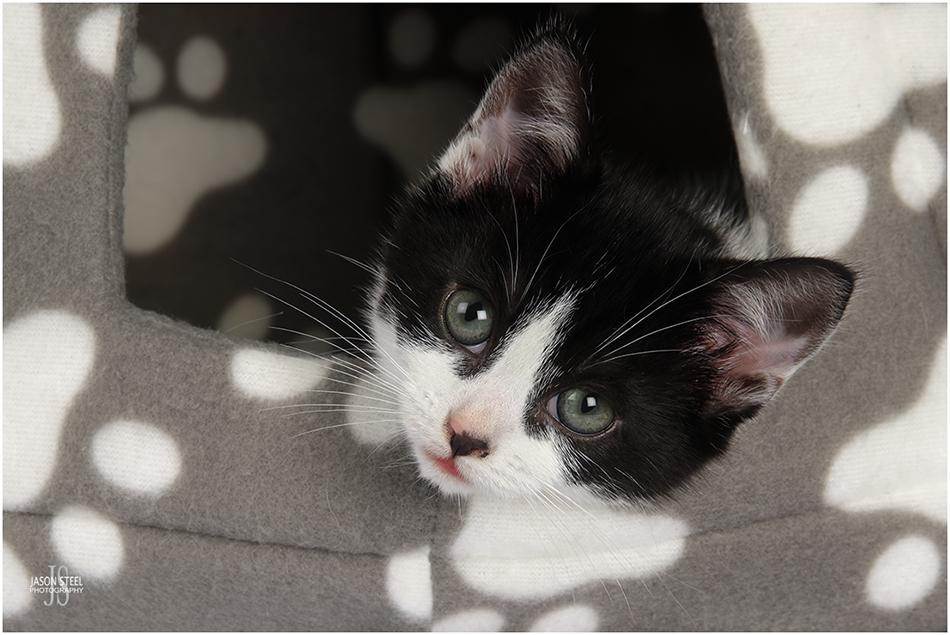
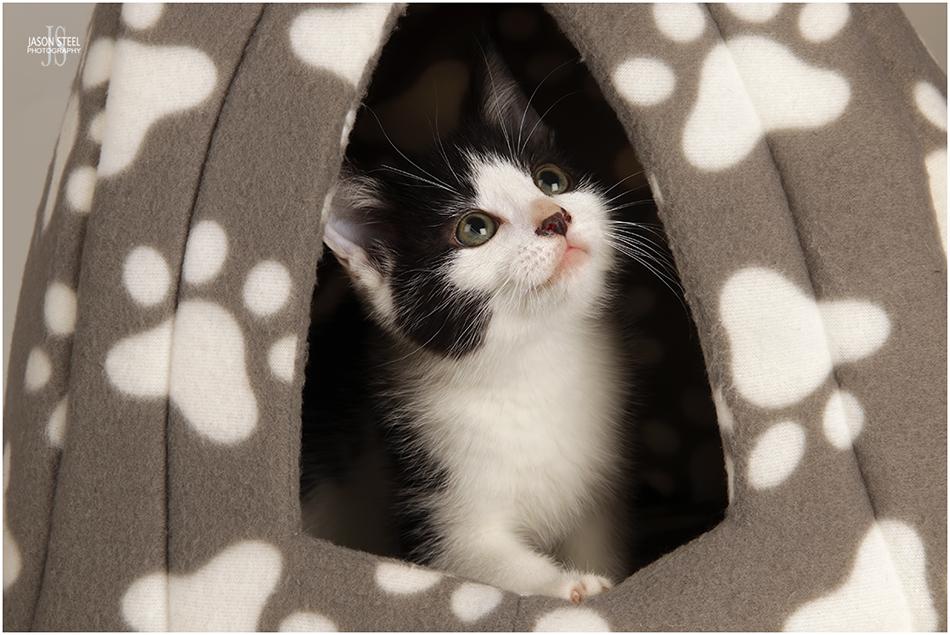
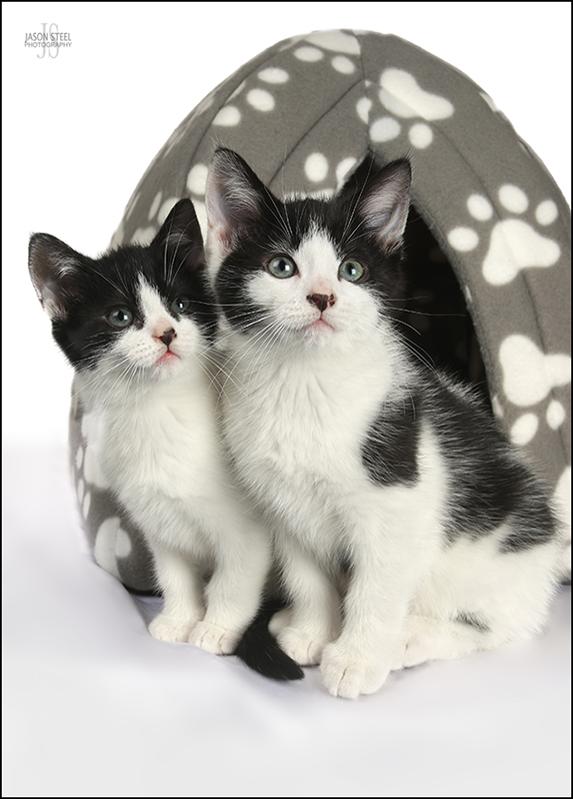
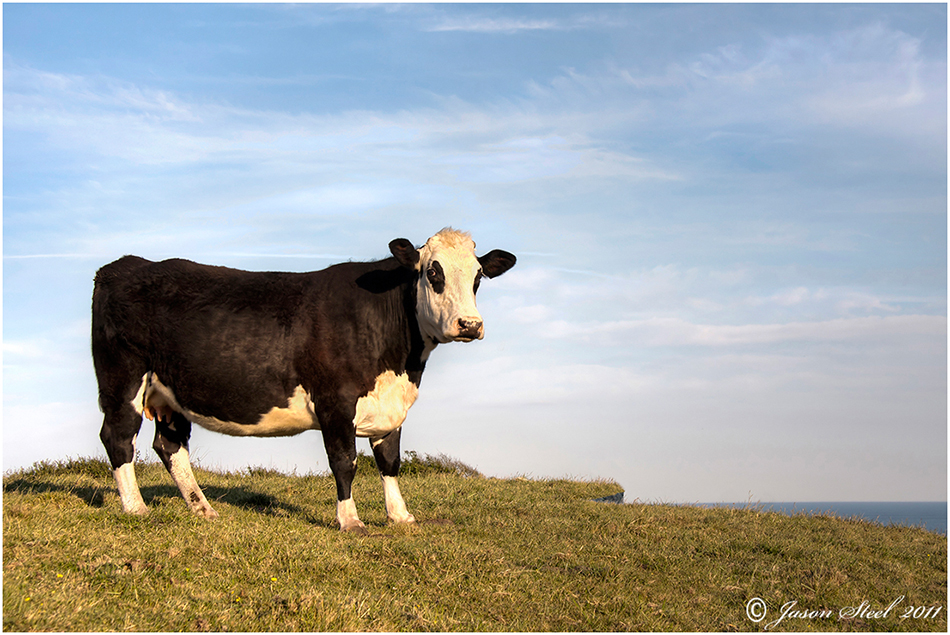
The Cow
The Cow is kept by farmers right across the UK for both meat and dairy products. With their protruding eyes cows have almost 360 degree vision! In an article published by 'The Independent' newspaper in 2006 it was reported that cows produce more damaging emissions to the environment than the CO2 produced by all the cars on the road today. They are responsible for more than 33% of all methane emitted. And they are also responsible for more than 66% of all ammonia emitted worldwide, one of the biggest causes of acid rain.
These photos were taken using the Canon 40D Camera and the following lenses:
Canon EF 70-200mm f/4 L USM lens, Canon EF 100mm Macro 2.8, Canon EF 100mm Macro 2.8 L IS, Canon EF 70-300mm f/4-5.6 IS L,
Canon EF-S 17-85mm f/4-5.6 IS.